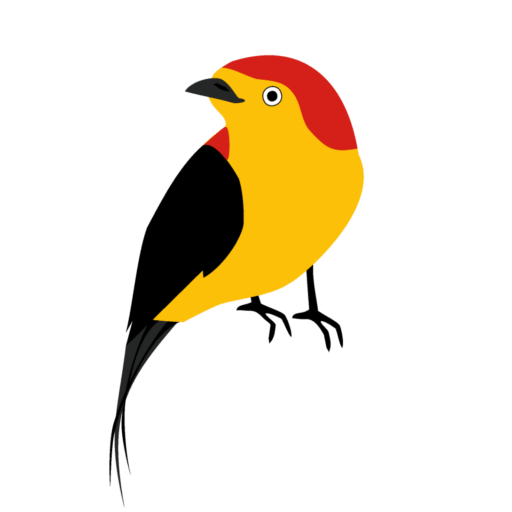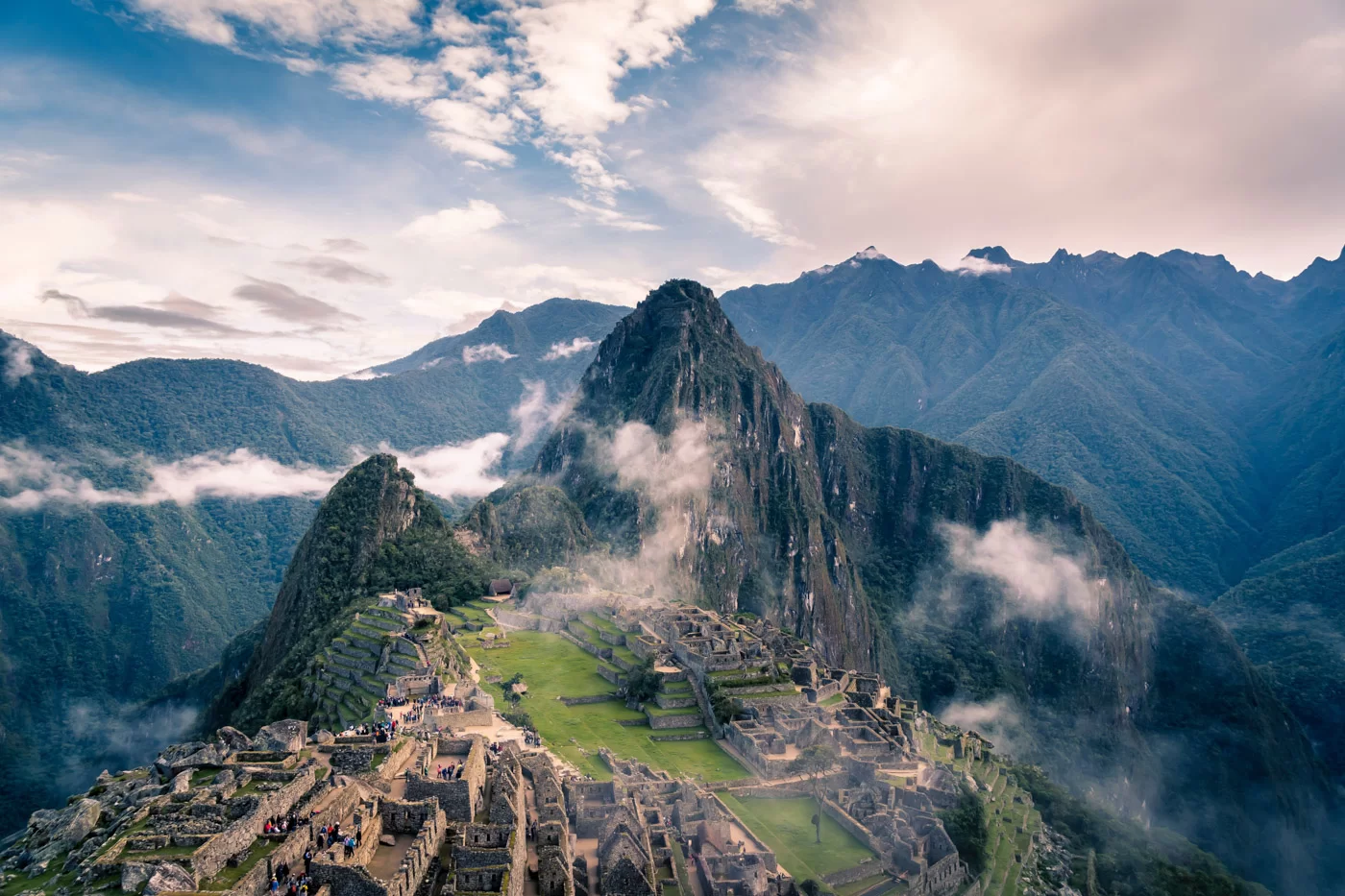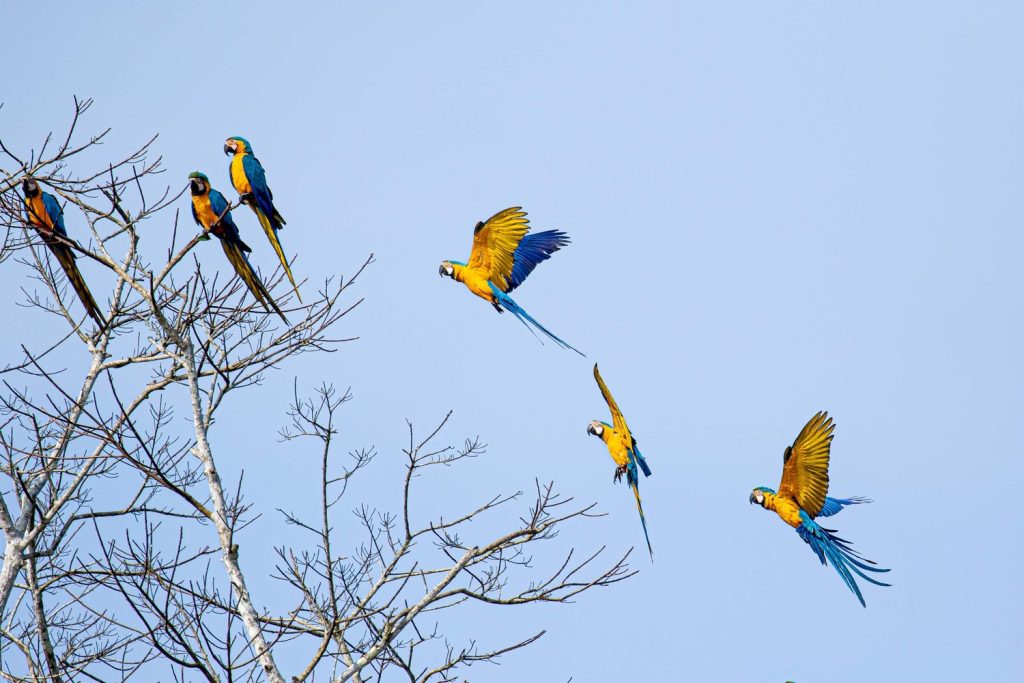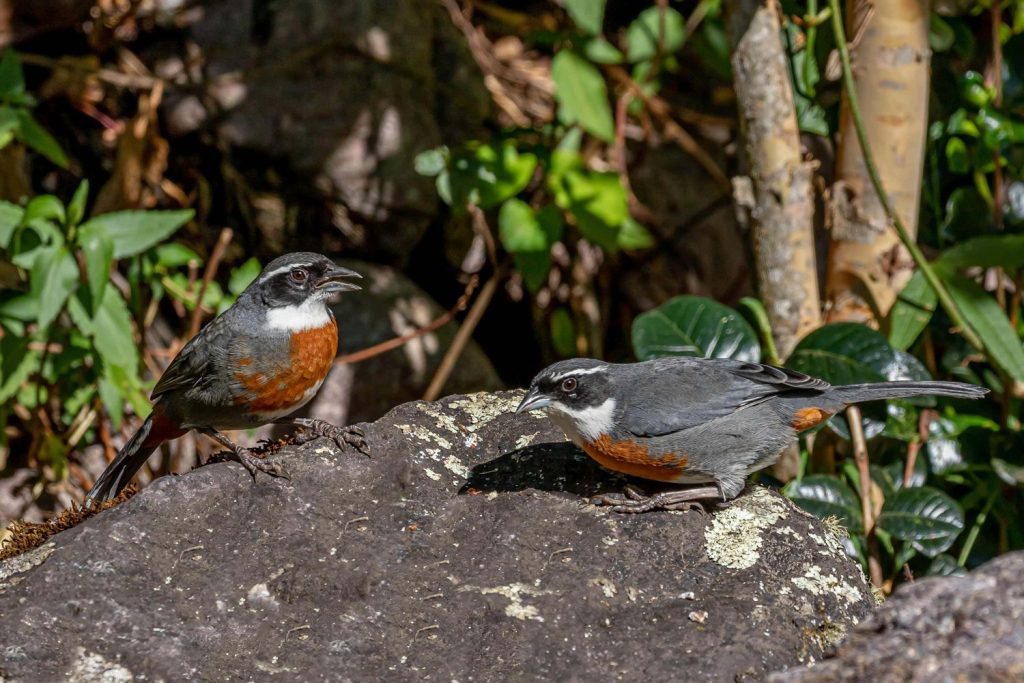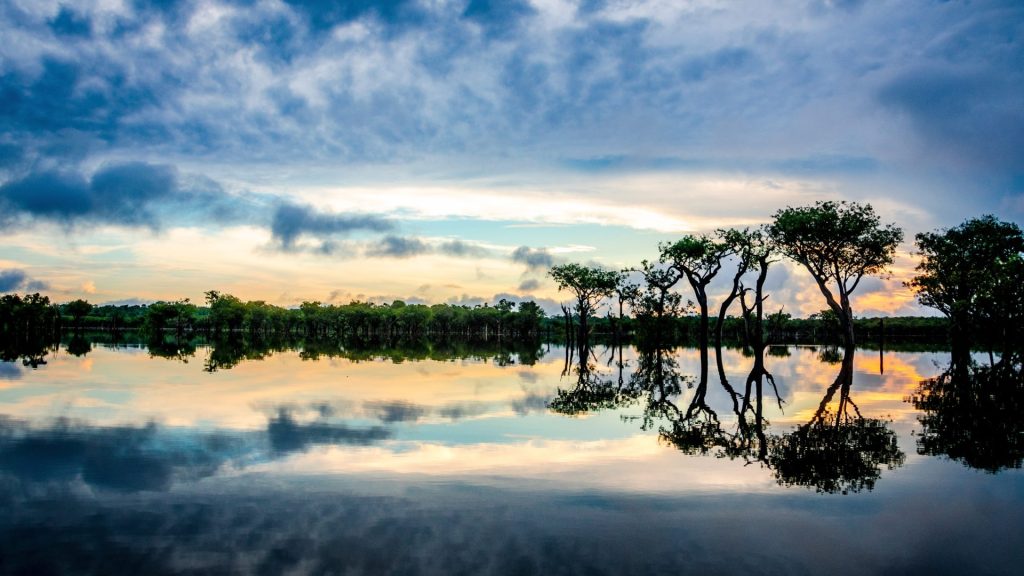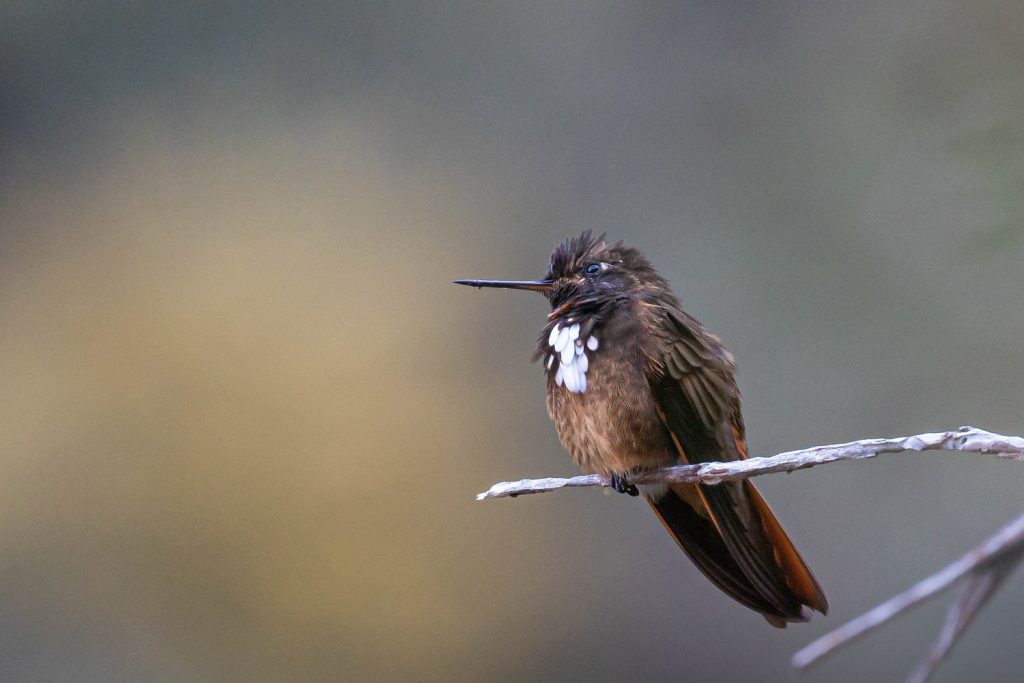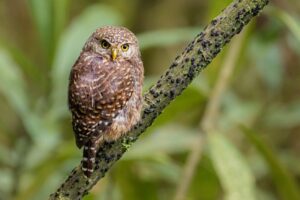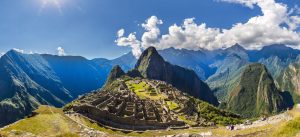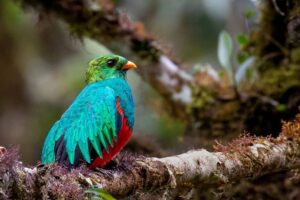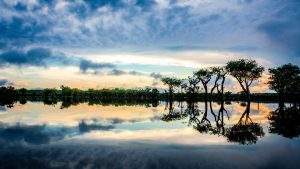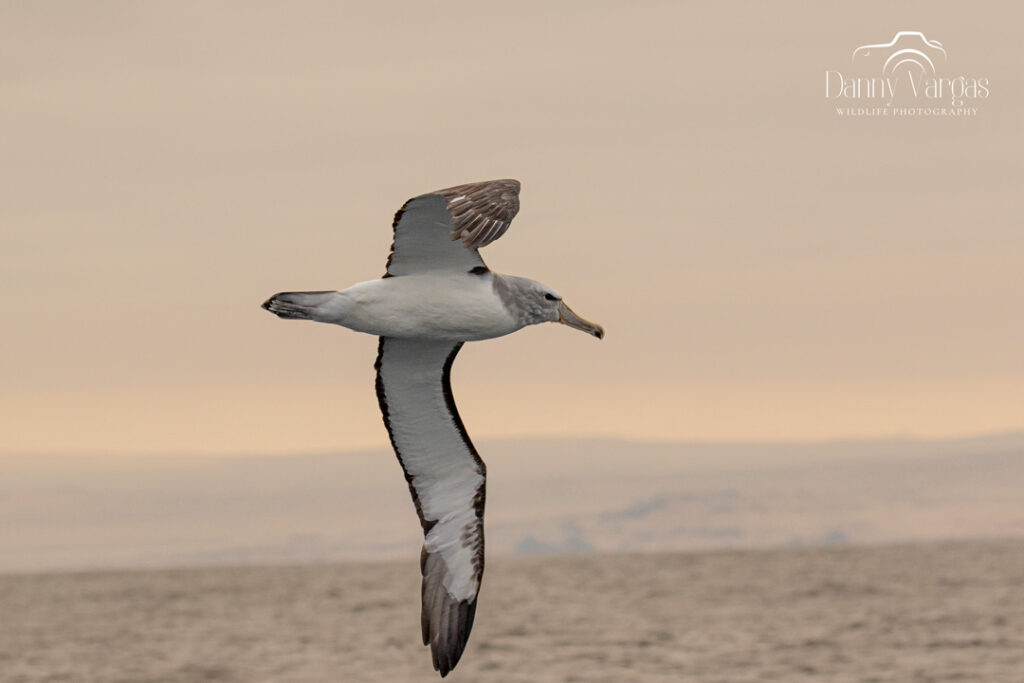A true journey through ancient kingdoms in Birding and culture in Peru. This country´s allure lies not only in its historical treasures but also in the remarkable diversity of its landscapes and cultures, making it a haven for an array of interests. For the hardcore birdwatchers, the Amazon Basin offers an astonishing array of bird species, while the Andean highlands provide a unique opportunity to spot Andean condors and other high-altitude birds. Naturalists can delve into the lush ecosystems of the rainforest, or explore the striking deserts and coastal areas. Those fascinated by ancestral cultures can immerse themselves in the mystique of the Inca, Moche, and Nazca civilizations, walking in the footsteps of ancient peoples. For nature photographers, Peru presents endless vistas of breathtaking scenery, from the towering peaks of the Andes to the intricate details of Amazonian flora and fauna. Whether you’re an adventurer, a history enthusiast, or a wildlife lover, Peru has something extraordinary to enjoy Birding and culture in Peru, ensuring that each traveler can curate their perfect experience in this land of unparalleled diversity.
As a great example of this bio diversity, Peru is currently the leading birding country in the October Big Day (see more details here).
BIRDING AND CULTURE IN PERU
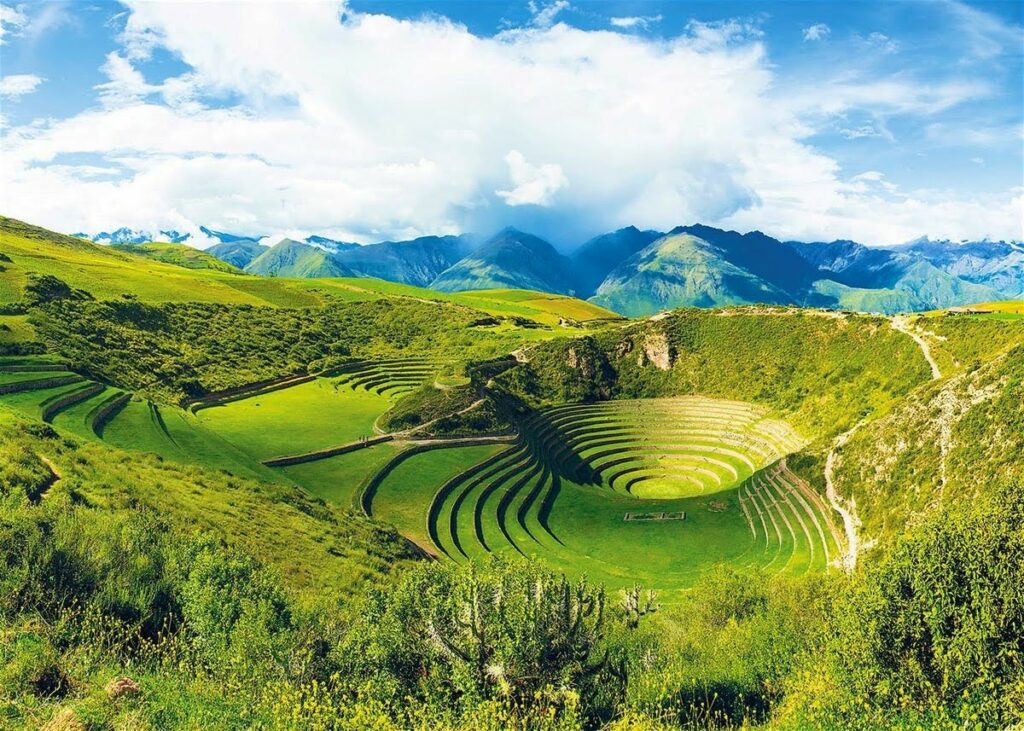
Peru is a country with an immense biodiversity and birds are not the exception, home of 1800+ species of birds and 16 biomes based on it´s great climate variability throughout the country; 12 life zones in the Atlantic Slope and 16 in the Pacific. These geography created excellent conditions for Birding and culture in Peru, along the coast and the Andes of which descendants continue to work the land nowadays. See our Birding and Culture Trips HERE
Highlands
More than 50 cultures in Peru are active in Peru, of which the Highland Quechuas are the most representative of them all, descendants of the mighty Inkas who conquered a vast territory covering Peru, Bolivia, Ecuador and portions of Ecuador, Chile and Argentina and creating the greatest nation known in the continent in the ancient times in which capital they constructed Machu Picchu, the greatest of all the archeological sites and considered one of the new 7 wonders of the world. Right where the Andes meets the Amazon Rainforest, Machu picchu is high in diversity of flora and fauna, complemented by Inca Capital in Cuzco, the Sacred Valley of the Incas and other surroundings, South east Peru is a wonderful experience. Birding and culture in Peru in the intermountain valleys, puna and cloud forest in Cusco is brilliant, beauties such as Andean Condor, Andean Cock-of-the-Rock, large number of Tanagers, Andean Waterfowl, Mountain-toucan as well as restricted endemics like Rusty-fronted Canastero, Creamy-crested Spinetail, Marcapata Spinetail, White-tufted Sunbeam, Green-and-white Hummingbird, Apurimac Brush-finch, Vilcabamba Tapaculo, Unstreaked Tit-tyrant among others and other mythical birds as Royal cinclodes are all regularly found.
Coast
Nazca is located in the south coast, one of the most mythical and mysterious culture in the world, with their enormous “Nazca lines”, they draw 50 figures in the middle of the dessert of up to 300 meters long of animals used by ancient astronomers as a gigantic calendar in a total área of 50 kilometers you can witness only by elevated towers or local flights exclusively for this purpose; Nazca is also the place where the continental slope is closer to the shore and presents great chances pelagic tours or boat visits to the islands with great chances of Peruvian & Inca Tern, Black Skimmers, Ruddy Turnstone, Coastal Miner, Chilean Flamingo, American Oystercatcher and the threatened Humboldt Penguins. Additionally we may observe pelagics such as Peruvian Diving-Petrel or Markham’s Storm Petrel.
Northern Peru
Visiting northern Peru will lead you to find the treasures of the richest ancient kingdoms and birding in South America, the Moche civilisation who thrived 1-6th century along the Peruvian coast and the surrounding andes. The museum close to Chiclayo shows their skills in ceramics as the most important representation of the pre hispanic Southamerican inhabitants and famous for the sexually themed artwork. Less famous but even more impressive is the golden treasure of “El Señor de Sipan”, lord of the Moches, where a total of 16 burial chambers of 300 years old as his thumb were found, including 200+ pots with food, jewelry, and human sacrifices of a guardian, 3 servants, a child, a dog and lamas possibly to be taken to the afterlife. On the other hand, birding here is brilliant, with Peruvian Plantcutter, Pacific Parrotlet, Rufous Flycatcher, Sulphur-throated Finch, Tumbes Swallow, Tumbes Hummingbird, Tumbes Tyrannulet, Tumbes Swallow.
HARDCORE BIRDING
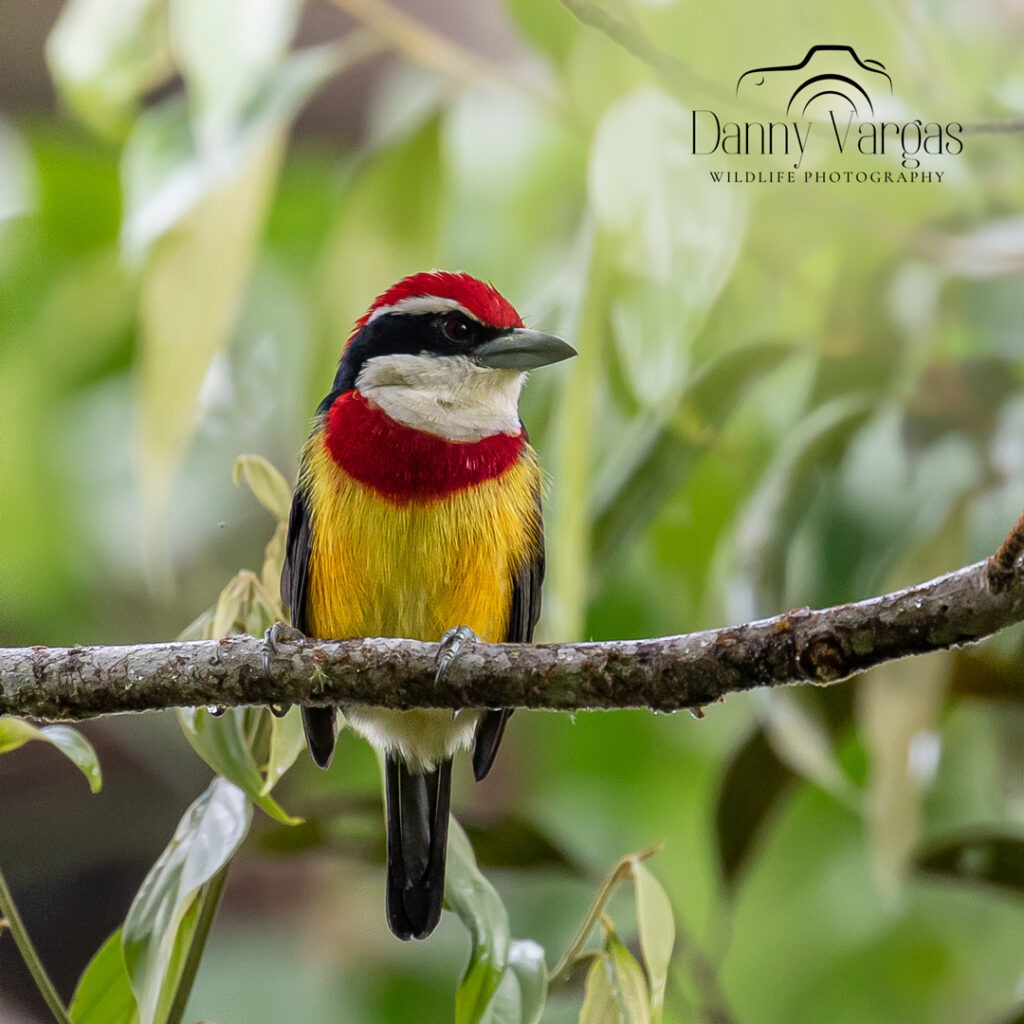
1800+ species of birds (of which 110+ are endemic) is a powerful reason to make Peru one of the most sought after countries for Birding. From great Pelagics and shore birding in the enriched waters of the Humboldt current to hilly terrain in the east andean slope creating unique and isolated hábitats; the High Andes, where the largest number of tropical glaciers in the world are located to exuberant cloud forest and the extensive Amazon rainforest. The Peruvian diversity is immense, in a total surface of 1,285,215 squared kilometers, it’s territory goes from the equator to almost the limit of the Tropic of Capricorn; in the other hand the Andes raise from sea level in the Pacific towards 6,700 masl (22,200 feet) and down again towards the Amazon basin to less than 100 meters; the possible habitats that can be found in Peru are unimaginable, placing the country as one of the 10 most bio diverse countries in the world. See our Birding Tours HERE
Main Birding Roads
Three roads penetrates the country longitudinally at North, Central and South and one more road cross it latitudinally through the coastal desert and nowadays most of the best birding areas are accessible by car and a good plan would help you to maximize your experience so here is an helpful outline if you haven´t decided yet how to approach your trip in this wonderful Birding and culture in Peru.
General birding spots in Peru
If your interested in Andean Condors in the highlands, Apurimac Valley is an excellent option close to Cuzco (Chonta). See more here
If you are more interested in high endemism, Abra Málaga in just two days is perfect; with 13+ endemic birds including the emblematic Royal Cinclodes (Abra Malaga). See more here.
South-east Manu Road is wonderful if you have 4-5 days from Cusco, covering highland lakes, grasslands, Elfin forest, Cloud forest, and Foothills. This road gives you access to all possible habitats in between, we regularly photograph waterfowl, a large number of multicolored tanagers, few Antpittas, Gray-breasted Mountain-toucan, Andean Cock of the Rock (at lek), Crested & Golden-headed Quetzal, Amazonian Umbrellabird and Hoatzins among many others. Gardens and feeders provide good spaces for hummingbirds. (Birding Stravaganza). See more here.
If Macaws call your attention, Tambopata National Reserve has excellent chances for clay licks where the three large macaws gather every day (Red-and-green, Scarlet & Blue-and-Yellow Macaw) and other parrots, parakeets and parrotlets use to come in number of hundreds. Raptors, Toucans, Capybaras and Jaguars are regularly seen in this area. (Tambopata Clay lick). See more here.
A little longer than the other options, North Peru gives you probably the greatest chance for bird photography. The highlight are the famous Marvelous Spatuletail, Long-whiskered Owlet, Rufous-crested Coquette, Golden-headed Manakin, Fiery-throated Fruiteater, Flame-faced Tanager, Wire-crested Thorntail, Emerald-bellied Püffleg, Rusty-tinged Antpitta, Royal Sunangel in a road in excellent conditions (Abra Patricia). See more here.
WILDLIFE PHOTOGRAPHY
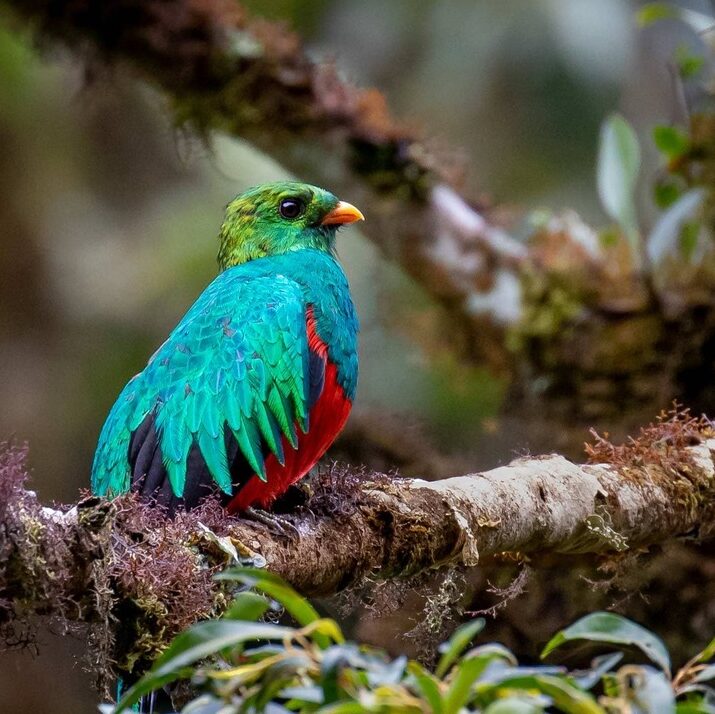
While doing our nature and birding tours we find ourselves wandering across fields, scanning shorelines, driving dirt roads looking for eccentric, rare or beautiful fauna and flora. Nowadays, sometimes watching is not enough since new technology brought affordable and awesome equipment like cameras, lenses, recorders, microphones, flashes, triggers, drones and a large etc of gadgets for audio visual records. Either for professional use or just a hobby Peru has brilliant places for photography and video of wildlife. From a good selection of gardens where they attract several species of Hummingbirds, Tanagers, Antpittas, Barbets, Tinamous, King vultures, Primates, among others to the hard mode of being on the road or trails with a professional birding & photography guide (and some luck) search for those spectacular species in multiple habitats and be ready for the regular but unexpected surprises. See more here.
NATURE TOURS
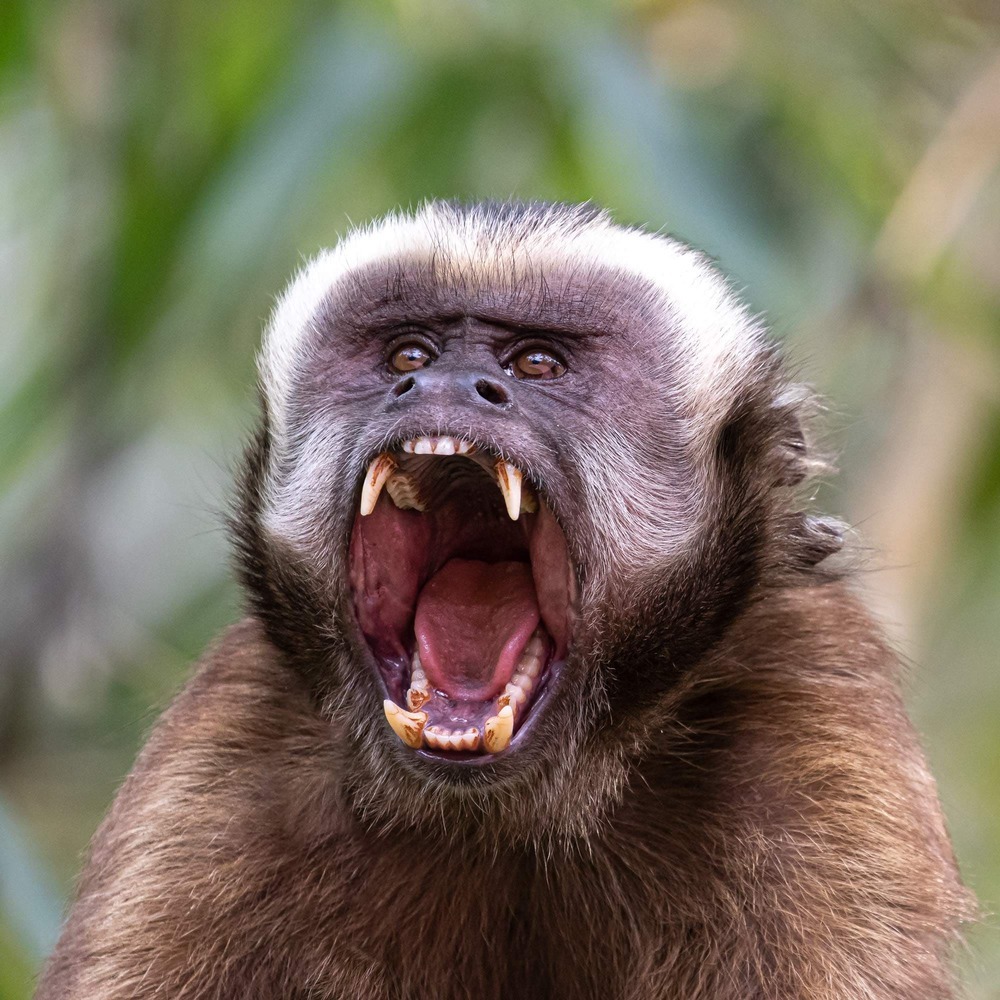
Peru is a country of extremes and diversity, 16 biomes with 12 life zones in the Atlantic Slope and 16 in the Pacific are home of 1800+ species of birds, 47 species of primates, 4,000 species of butterflies, 2,500 of wild orchids just to show a few numbers. Only 3% of the country is usable for plantation but 66% of the territory account for forest and woodlands and 76 natural protected áreas preserve almost 20% of the national territory in a great diversity of habitats such as Lowland Amazon, Andean Mountain Ranges, Peruvian Coastal Desert, Cloud and Elfin forest.
Almost every possible hábitat has also great examples of cultural heritage, since archeological sites of global importance such as Nazca Lines, Machu Picchu, Chan-chan as well as living cultures as quechuas in the Andes as true inheritors of the Incas or the amazonian Matsiguenka in the lowland rainforest, no one knows as much as ethno-botanic medicine and use of psychotropics like a Matsiguenka. See more here.
Coastal Habitats
The coast presents great opportunities to witness both, the driest desert and the most biodiverse sea in the world side by side. The enriched Humboldt current washes the peruvian shores, creating wonderful chances for understanding the importance of this current driven by wind carrying to the peruvian tropical coast, colder and richer Waters, it also allows opportunities for observing large colonies of Sea lions, Humboldt Penguins, Flamingos, Gulls and Terns in their natural habitats.
Highlands
The high Andes are a must if you come to Peru, since the country hosts the largest number of tropical glaciers in the world creating wonderful experiences once you visit them. Climate change and global warming are easier to understand here when visiting this extreme habitats and wildlife are as impressive as the wonderful landscapes and observation of fauna with Andean Condors as the greatest of them, alpacas and llamas are two of the four southamerican camelids also commonly seen in the Andes.
Cloud forest and Amazonian lowlands
Finally the east-slope of the Andes, cloud forest and amazon lowlands in south east are well known to be “the most bio diverse plane on earth”, starting at puna grassland towards the amazon lowlands, it gives you the chance to visit every possible hábitat since there is little disturbance. The higher portions hold Spectacled Bear, Puna and Culpeo (Andean fox) as main representative of the megafauna, hundreds of species of wild orchids, wonderful landscapes and beautiful birds such as Gray-breasted Mountain-Toucan and hummingbirds in feeders.
Mid-sections are more exuberant and home of the very attractive Cock of the Rock, an emblematic birds of the cloud forests with one of the most remarkable courtship display, this área is algo good for Quetzals, Military Macaw and is a truly paradise for colorful tanagers and butterflies.
Lower parts lead you to the Lowland amazon, and are mainly accessible by river. Boat rides may give us excellent chances for Jaguar, up to 13 species of monkeys, 6 species of colorful Macaws, and other attractive birds such as the strangest bird in the Amazon, Hoatzin is a bird with a punk head, dinosaur appearance and useful claws. Oxbow lakes are home of Black Caiman and the emblematic Giant Otters, Toucans, Macaws, etc. Nightwalks are productive for Owls but insects as well with Praying Mantis, Tarantulas and Bats and trails go through an enormous diversity of flora, many of them useful for medicine since the Amazon basin is known to be the largest pharmacy in the world.
CULTURE
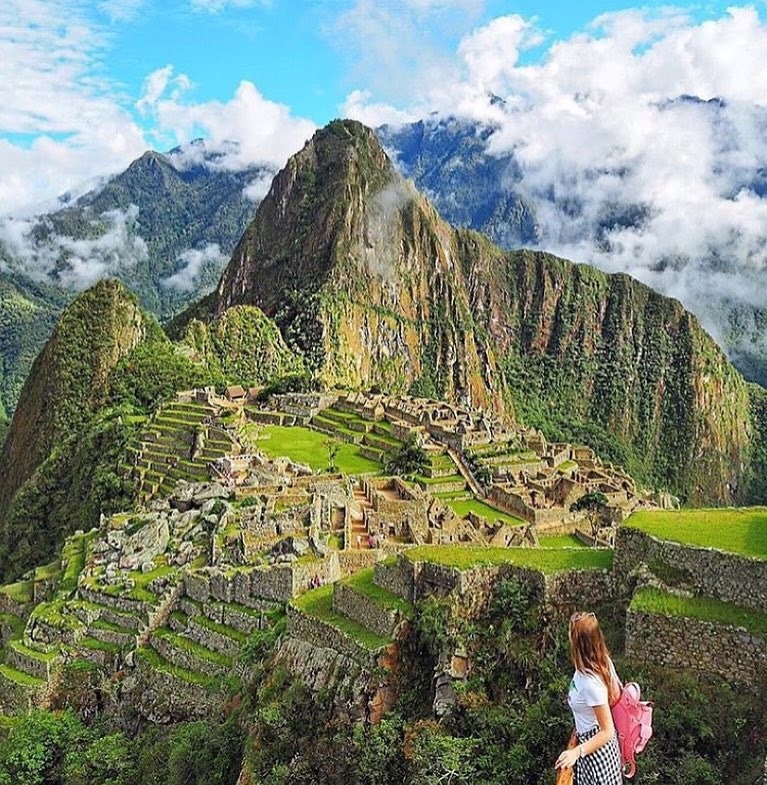
Nestled in the heart of South America, Peru is a captivating land of ancient wonders, vibrant cultures, and breathtaking landscapes. From the Andes Mountains to the Amazon Rainforest, Peru’s diverse regions offer an enticing blend of history, adventure, and natural beauty. With a history that spans millennia and an unbroken connection to its indigenous roots, Peru invites travelers to embark on a journey of discovery and enchantment. Whether you seek to explore archaeological marvels, savor culinary delights, or immerse yourself in the tapestry of local traditions, Peru is a destination that promises to leave an indelible mark on your heart and soul.
South Coast
Nazca civilization near Lima, which flourished on the southern coast of Peru between the 1st and 8th centuries CE, is renowned for its impressive and mysterious geoglyphs etched into the arid desert floor. The famous Nazca Lines, including enormous drawings of animals, plants, and geometric patterns, reveal their remarkable skills in land art.
The Nazca people also excelled in ceramics, producing intricate and finely crafted pottery, often featuring highly detailed, polychrome designs. Their extensive network of underground aqueducts, known as puquios, showcased their advanced understanding of water management, enabling them to thrive in the region’s arid environment. The Nazca civilization is noted for its complex, ritualistic practices, including the creation of the Nazca Lines, and its distinctive artistic and technological contributions to ancient Peruvian culture, leaving behind a fascinating and enigmatic archaeological legacy that continues to captivate researchers and visitors alike.
Highlands in South – East
The Inca civilization in Cusco at southern Peru, which reigned over a vast empire in the Andes of South America from the early 15th century until the arrival of the Spanish conquistadors in the 16th century, is undoubtedly one of the most renowned and sophisticated indigenous cultures in the Americas. The Incas are perhaps best known for their remarkable stone masonry, evident in iconic sites like Machu Picchu, Sacsayhuaman, and Ollantaytambo.
They had an intricate road system, the Qhapaq Ñan, which connected their vast territory, and a highly organized society based on a centralized government with the Inca ruler at its pinnacle. The Incas excelled in agriculture, cultivating a wide range of crops and utilizing terrace farming to adapt to different altitudes. Their textiles were also highly developed, and the famous quipus, a unique system of knot-tying, served as a form of record-keeping. Despite being conquered by the Spanish, the legacy of the Inca civilization endures through their remarkable architectural and engineering achievements, rich culture, and the enduring Quechua language spoken by their descendants in the Andes.
Northern Peru
The Moche civilization in northern Peru, which thrived along the northern coast of Peru between the 1st and 8th centuries CE, stands as one of the most fascinating and sophisticated pre-Columbian societies in the region. Renowned for their intricate pottery, the Moche people displayed exceptional artistic skills, depicting a wide array of subjects, including elaborate scenes of daily life, rituals, and supernatural beings.
The Moche are also celebrated for their pyramid-like adobe structures, the most notable of which is the Huaca del Sol, which is one of the largest pre-Columbian adobe pyramids in the Americas. Unlike the peaceful reputation of the Caral civilization, the Moche left behind evidence of a more complex society marked by distinct social classes and rituals involving human sacrifice. Their advanced metallurgy, ceramic work, and irrigation systems demonstrate the Moche’s remarkable contributions to the cultural and technological development of ancient Peru.
Central Road
The Chavín civilization in Central Peru, emerging in the central Andes of Peru around 900 BCE and flourishing until 200 BCE, is one of the most influential and enigmatic ancient cultures in the region. At the heart of the Chavín society is the remarkable temple complex of Chavín de Huántar, a UNESCO World Heritage Site, which served as a religious and cultural center. The Chavín people were skilled architects and artists, as evident in their intricate carvings and sculptures, which often depicted supernatural beings with feline features.
They are also credited with pioneering the use of an extensive underground network of canals and drainage systems, which allowed for efficient water management in their mountainous terrain. The Chavín civilization is celebrated for its profound religious symbolism and the influence it exerted over subsequent Andean cultures, making it a crucial link in the cultural and artistic history of ancient Peru.
In Peru, whether you venture to the South, Central regions, or the North, you’ll discover a nation brimming with vibrant living culture and awe-inspiring archaeological wonders. From the majestic ruins of Machu Picchu to the enigmatic Nazca Lines, the enchanting colonial cities of Cusco and Arequipa, the culinary delights of Lima, and the traditional markets of the Andes, Peru offers an unforgettable journey through time and tradition. The warm hospitality of its people, the richness of its history, and the breathtaking landscapes spanning from the high Andes to the Amazon rainforest make Peru a destination like no other. So, we extend a warm invitation to all travelers: come to Peru, explore its diverse regions, and immerse yourself in the splendor of a land where the past and present harmoniously coexist, promising an experience you’ll cherish for a lifetime.
If you want to know some basic tipping guideliness during Birding and Photography Tours, see here.
For our recomendations about which Field Guides you should use for Birding in Peru see here.
If you are not sure of which binoculars you should use during your birding trip see here.

